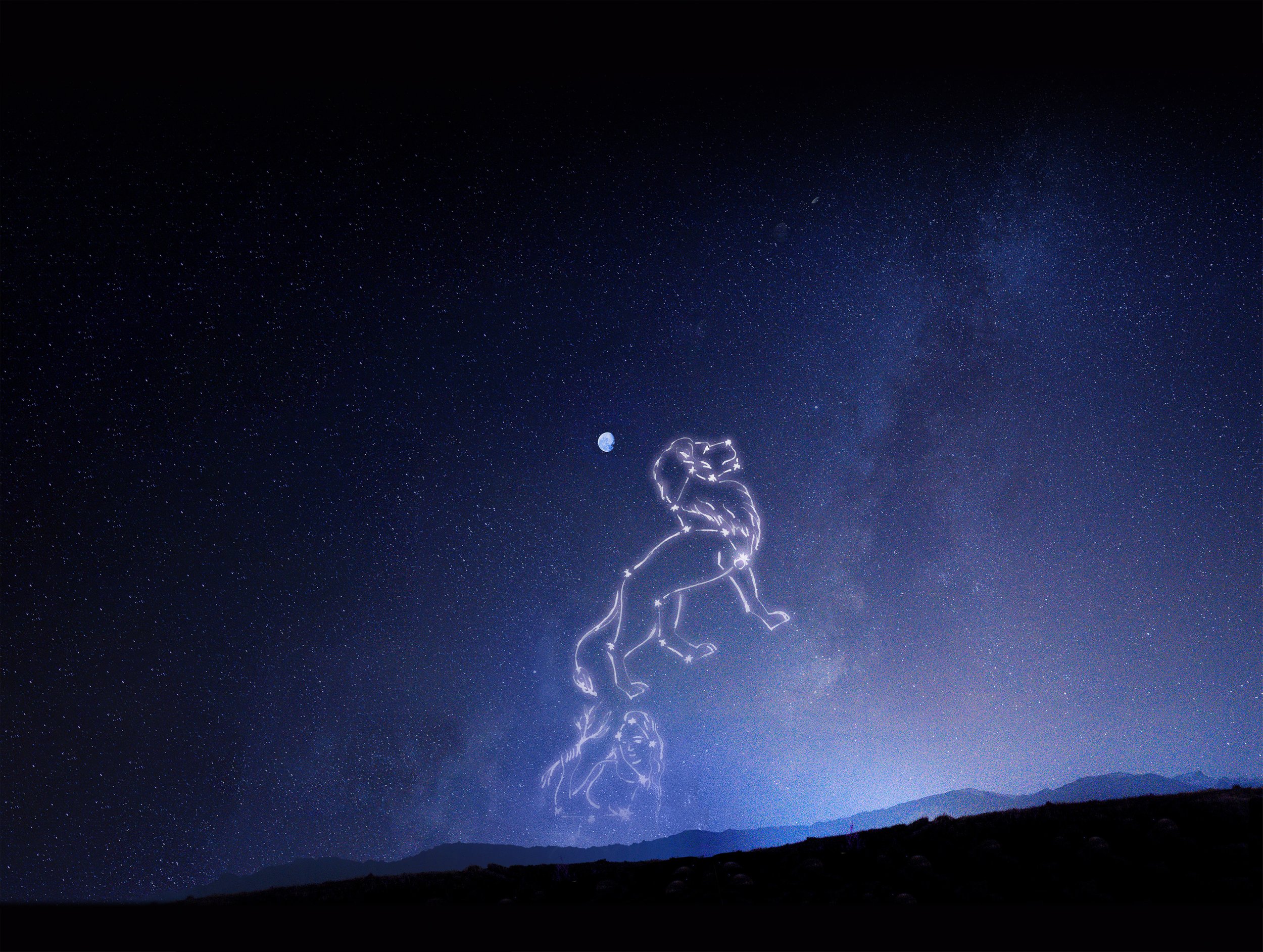
Presale Now
Ships: Sept 8, 2025

The Lost Anthologies of Gaspar the Magus
The Real Story
Where were the Magi from?
How did the Magi know where and when to find Jesus?
And why would these foreign “wise men” of the Zoroastrian faith worship an unknown Judean child?
For those with the eyes to see and the dedication to observe, a momentous epoch descended upon the world. Every two millennia, the procession of the equinoxes presents a new astrological season. Anxiety is rampant with the change rolling forward in the stars — some rational, some imaginary. Gaspar the Magus, an inconspicuous astrological scrivener in the Parthian Empire, enters the inner circle of the empire’s leadership and must navigate these chaotic waters.
Tensions surrounding the empire have been heating up, which are concentrated within the capital city of Ctesiphon. After thirty-four years of reign, threats to King Arsaces XXII’s rule have only become more significant and formidable. Not only must he keep his regional kings subservient, but there are the external pressures from the Roman Empire pushing into Parthia in the northwest and the mighty force of the Han Empire in the east.
To remain vigilant, the Parthian King of kings has surrounded himself with the wisest men from his empire and beyond — the Magi order — known to be philosophers, astronomers, priests, judges, and interpreters of dreams and visions. Caught completely off guard, Gaspar is unwillingly pushed into the forefront of political life inside the palace as his window of favor to decipher the message written in the stars is closing.
Genre and other Details
Historical Narratives
The story of “the wise men” or “the three Kings” that visited Jesus on the night of his birth is well known. No one provides a plausible answer of how they knew when and where to find Jesus.
These fictional narratives, grounded in historical and astrological facts, resolve the mystery behind the “wise men” of the Biblical account of the Nativity. Using a mix of historical figures and fictional characters, the story set out to answer how the Magi know when and where to look for the newborn King of kings.
Location & Time
The story begins in the palace of the Parthian Empire’s capital city of Ctesiphon in 3 BC during King Arsaces XXII’s thirty-fourth year of reign. This ancient Iranian, Arsacid empire sat between the Roman Empire in the northwest and the Han dynasty of China in the east. The empire’s territory extended from the Persian Gulf in the south up to the Caspian Sea against the contested Armenian Kingdom. Ctesiphon sat on the east bank of the Tigris River, and its ruins are approximately forty miles northeast of Babylon and twenty-two miles southeast of present-day Baghdad.
The “Wise Men from the East”
As part of the Zoroastrian faith, King Arsaces XXII (birth name of “Phraates IV”) employed Magi as advisors and counselors. The Zoroastrian religion was founded by Zoroaster (Zarathustra) in the 6th century BC. He was an ancient Iranian religious reformer and prophet who eventually led to the creation of the priestly class called “Magi.” They were known to be philosophers, astronomers, priests, conjurers, enchanters, soothsayers, and interpreters of dreams and visions.
Our main character belongs to this order, which is popularized in the Western World as “the wise men from the East who came to Jerusalem,” recorded in the second chapter of the Gospel of Matthew. The Magi paying homage to a fifteen-month-old Jesus (Yeshua) in Bethlehem (Bet’Lechem) is documented. What is not well known or even presented as a plausible hypothesis is, “How did they know where to look and when to look for the newborn King of kings?”
Publishing Details
Darkness Falling, 320 pages
Amazon Paperback, Hardback, & Kindle
Digest: 6 x 9 inch, $24 Retail
ISBN: 979-8-9860440-3-3
Light Rising, 352 pages
Amazon Paperback, Hardback, & Kindle
Digest: 6 x 9 inch, $24 Retail
ISBN: 979-8-9860440-7-1